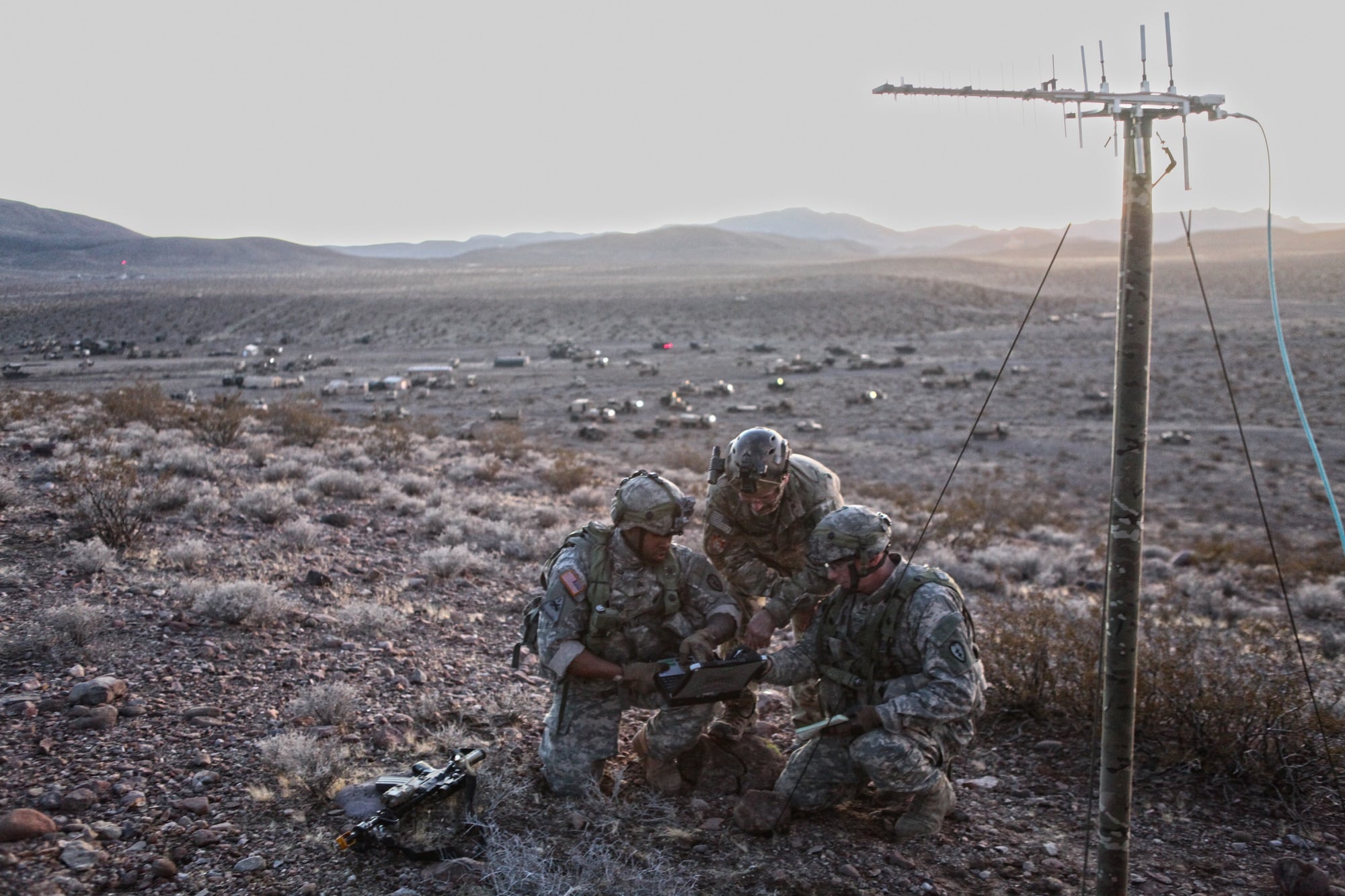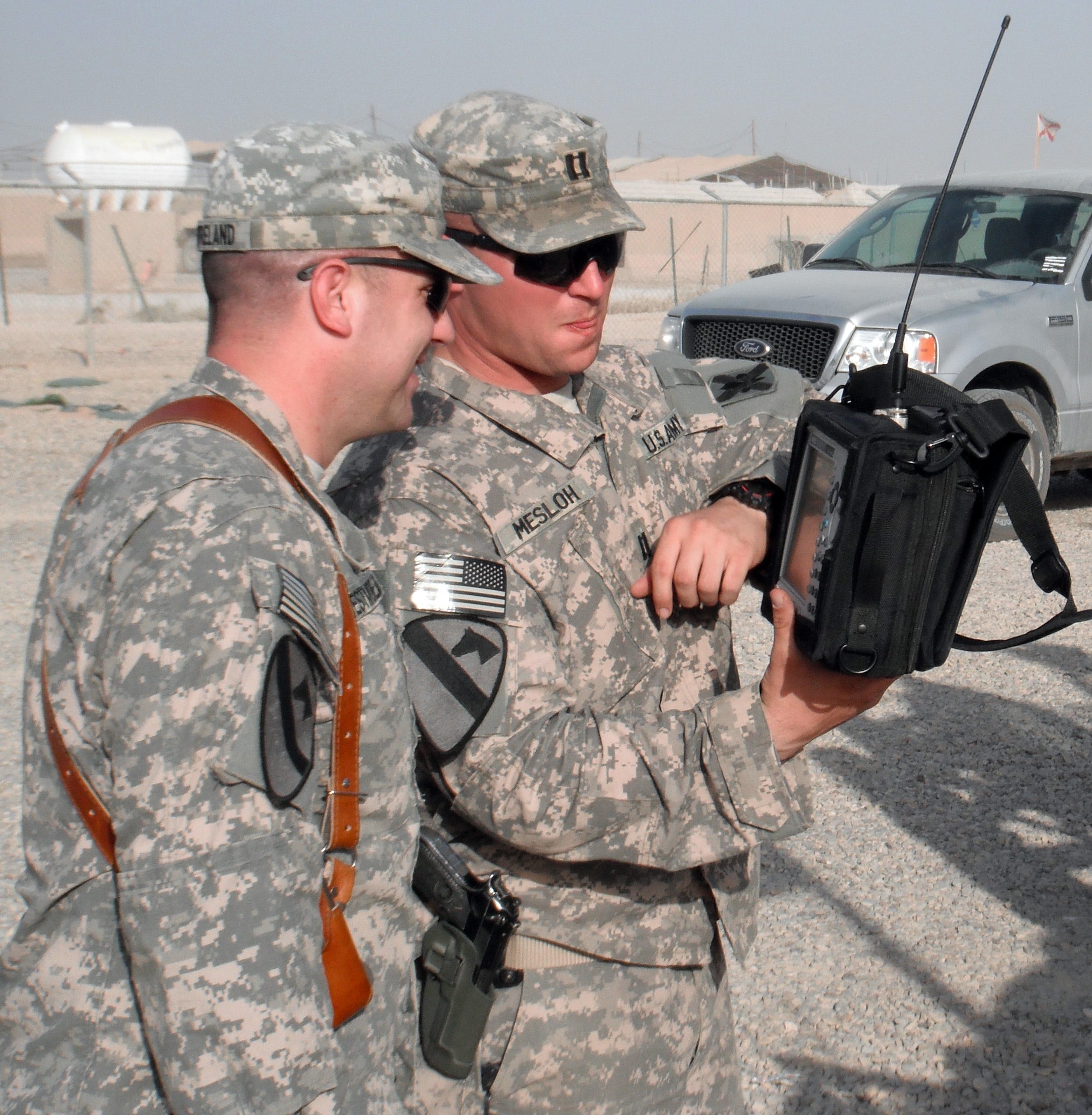This is part two of a two-part series on how the Army is looking to acquire and field capabilities faster.
The Army has been looking to reduce its requirements process timeline for identifying and delivering needed capabilities to keep pace with increasingly software-centric 21st century warfare.
Adversaries are introducing new capability faster than Army bureaucracy can counter, even with existing commercial technology, so the service is operationalizing new contract vehicles to drastically shrink down these timelines. In response, the Army is learning by doing: gauging the urgent needs of soldiers engaged in electronic warfare and fielding modular tools that can address immediate concerns, inform existing programs and shrink prototyping timelines.
“A fundamental shift that is happening inside the Army is, instead of writing a requirement document and then having it sit on the table for 10 years wondering if it’s right while you throw it over the fence to your acquisition teammates to build something, is to do experimentation and demonstration in an operational environment that informs our requirements,” Maj. Gen. John Morrison, commander of the Army’s Cyber Center of Excellence said during a keynote presentation May 16 at the AFCEA Defensive Cyber Operations Symposium in Baltimore, Maryland.
Gathering operational needs statements from soldiers on the front lines of Europe, the Army is doing capability development “so that we can go ahead and assess capabilities and get a sense of whether we have our requirements right or not,” Morrison said.
One example lies in the Army’s Electronic Warfare Planning and Management Tool, a software interface overlaid onto a physical map allowing soldiers to visually manage their signal output in the electromagnetic spectrum and plan effects in this non-physical domain.
“The pace that we were working from the requirements perspective was not meeting what the war fighter needed downrange,” Col. Mark Dotson, Army Training and Doctrine Command capability manager for EW and spectrum management operations, said at the C4ISRNET Conference, held in Arlington, Virginia, May 10. “As they elevated those concerns, we were able to take a look at what else was out there that could help.”
The Army then delivered a more advanced version of the current capability ahead of the next expected capability drop cycle in 2020, nicknamed Raven Claw.
The so-called Raven Claw capability enables soldiers to conduct electronic warfare planning and management on the move and without network connection, getting at a critical need for troops in Europe, who are rarely tethered to a static command post.
“The primary thing was making it portable and able to operate in a mobile environment.” Karen Steinfeld, director of capture management excellence tactical electronic warfare at Raytheon (the contractor for EWPMT), told C4ISRNET in a March interview.
RELATED

This way, if soldiers lose connectivity, they’ll have the last known good bit of data about what is going on and the ability to plan and manage around that, Travis Slocumb, vice president, electronic warfare systems at Raytheon, told C4ISRNET.
Solider feedback
In learning by doing, the Army is able to gain valuable insight that can be rolled into the official program for all units, not just those leveraging the prototyped capability.
“The soldiers are providing feedback directly to the PM side of the house so they can dynamically change as it goes forward,” Dotson said. “All that gets injected right back into the program of record at the next capability drop.”
He added: “Really we’re gaining momentum from tactical requirements from Europe or from Korea or from CENTCOM … where they make demands of us, we meet those demands but they inform our requirements and some of them drive directly back as in the case of EWPMT.”
As Morrison has put it, “sometimes what’s available is good enough.”
RELATED

“The Army, for all the right reasons, divested itself of its electronic warfare capabilities while we focused on a counter-IED fight, so when you have nothing, and I’m being pejorative, just about anything is better,” Morrison said.
“This learning by doing — by informing our requirements, adjusting our requirements when we find out what’s in the art of the possible and rapidly spinning [that] into the force — is absolutely key.”
Mark Pomerleau is a reporter for C4ISRNET, covering information warfare and cyberspace.








